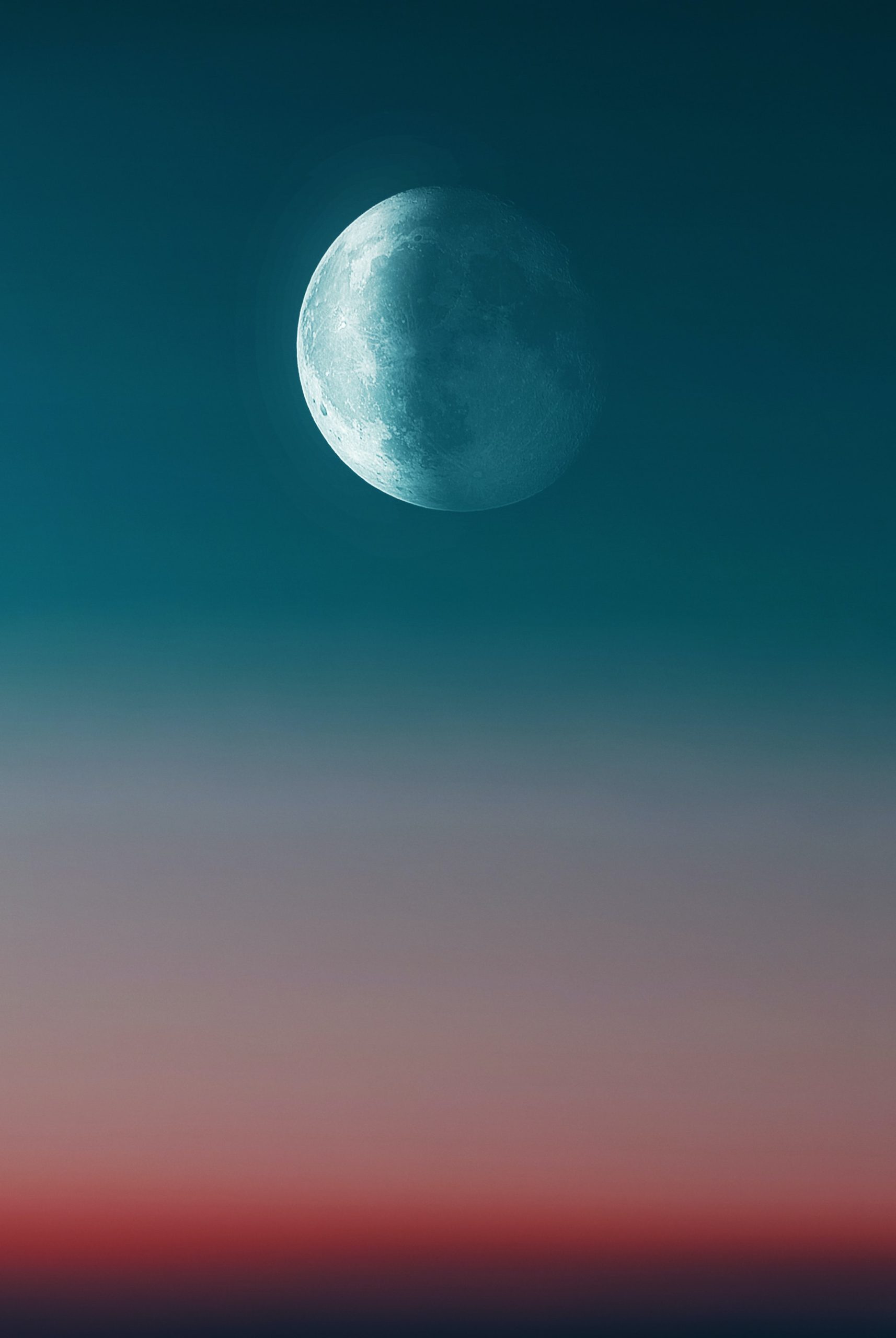Why Does the Moon Rotate Around the Earth?
The moon has captivated human beings for centuries with its mysterious presence in the night sky. As we gaze up at the moon, we can’t help but wonder: Why does it orbit the Earth? What causes the moon to rotate around our planet?
The answer lies in the complex relationship between celestial bodies, gravity, and the laws of physics. In this article, we will delve into the fascinating details of why the moon revolves around the Earth.
The Moon’s Orbit
The moon is Earth’s only natural satellite, with an average distance of about 238,855 miles from our planet. It takes approximately 27.3 days for the moon to complete one orbit around the Earth. This orbit is not a perfect circle; it is slightly elliptical, which means the distance between the Earth and the moon varies throughout its journey.
The moon’s orbit is not fixed in space but rather changes its position over time. This phenomenon is known as lunar precession. The gravitational forces exerted by the sun and other celestial bodies cause the moon’s orbit to slowly shift over thousands of years.
Gravity: The Universal Force
To understand why the moon rotates around the Earth, we need to explore the force that governs the motion of celestial bodies—gravity. Gravity is the force that attracts objects with mass towards each other. It is responsible for keeping the moon in orbit around the Earth and planets in their respective orbits around the sun.
Gravity is governed by Newton’s law of universal gravitation, which states that every mass in the universe attracts every other mass with a force directly proportional to the product of their masses and inversely proportional to the square of the distance between them.
In the context of the moon’s orbit, the force of gravity between the Earth and the moon keeps them locked in a gravitational dance. However, gravity alone is not enough to explain why the moon rotates around the Earth.
Centripetal Force: Keeping the Moon in Orbit
Centripetal force, a fundamental concept in physics, plays a crucial role in understanding the moon’s revolution around the Earth. Centripetal force is the force that acts towards the center of a circular motion and keeps an object moving in a curved path.
In the case of the moon, the centripetal force is provided by the gravitational pull of the Earth. It acts as a “tether,” continuously pulling the moon inward, preventing it from flying off into space. This force acts perpendicular to the trajectory of the moon, causing it to follow a curved path around the Earth.
Imagine holding a ball attached to a string and swinging it around in a circle. The tension in the string is the centripetal force that keeps the ball moving in its circular path. In the case of the moon, gravity serves as the “string,” providing the necessary centripetal force to maintain its orbit.
Conservation of Angular Momentum
In addition to gravity and centripetal force, another fundamental principle comes into play when explaining the moon’s rotation around the Earth: the conservation of angular momentum.
Angular momentum is a measure of rotational motion, and it remains constant unless acted upon by an external force. This concept helps explain why the moon’s rotation is synchronized with its revolution. The moon’s rotation period is the same as its orbital period around the Earth, approximately 27.3 days.
This synchronization occurs due to tidal forces. The gravitational interaction between the Earth and the moon produces tidal bulges on both celestial bodies. These tidal bulges exert a torque, or twisting force, on the moon, causing it to gradually slow down its rotation. As the moon loses rotational energy, it transfers it to its orbital motion, resulting in synchronization between the two.
This phenomenon is not unique to the Earth-moon system. Multiple moons in our solar system are tidally locked with their parent planets, including Jupiter’s moons Io and Europa. Their rotation periods match their orbital periods, just like the moon’s rotation and revolution.
Conclusion
The moon’s rotation around the Earth is a complex dance governed by gravitational forces, centripetal force, and the conservation of angular momentum. Gravity keeps the moon in orbit around the Earth, while the centripetal force provided by gravity prevents it from flying off into space.
Additionally, the tidal forces between the Earth and the moon gradually synchronize their rotation and revolution, resulting in a locked rotation period of 27.3 days.
Next time you gaze up at the moon, remember the intricate forces and laws of physics at play, allowing us to witness its awe-inspiring orbit around our home planet.
Table of Contents
